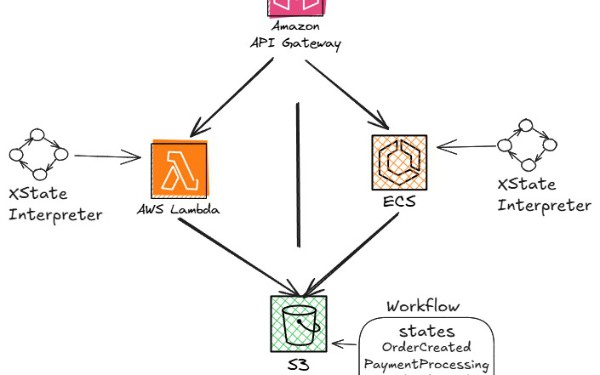 Modernizing Chaos Engineering: The Shift From Traditional to Event-Driven Modernizing Chaos Engineering: The Shift From Traditional to Event-Driven Aug 25th 2025, 15:00 by Josephine Eskaline Joyce , Prashanth Bhat Imagine you're a car manufacturer. Traditionally, you schedule crash tests every few months using standard scenarios — front impact, side impact, and rollover. These tests are helpful, but they don't guarantee how the car will perform with actual drivers, under real conditions, during unexpected events like icy roads or sudden brake failures. Now imagine that instead of static crash tests, your vehicles have smart sensors that simulate critical failures at the moment drivers make changes, like switching to sport mode, engaging cruise control, or driving in a snowstorm. These real-time, event-triggered safety checks provide far more relevant insights, helping you design safer cars for real-world situations. |  The Ephemeral Cloud: A New Blueprint for Infrastructure Efficiency With Crossplane and kube-green The Ephemeral Cloud: A New Blueprint for Infrastructure Efficiency With Crossplane and kube-green Aug 25th 2025, 14:00 by Graziano Casto We were all sold a compelling vision of cloud computing: one filled with agility, endless scalability, and remarkable cost savings. Yet, for many of us in the trenches, the daily reality looks quite different. We find ourselves wrestling with an infrastructure model built on long-lived, static environments for development, testing, and staging. This old way of working has quietly become a massive drain on our resources, creating financial waste, operational headaches, and a growing list of security and environmental debts. This isn't just one problem; it's a vicious cycle. The friction in our daily operations directly fuels the financial, security, and environmental burdens. To break free, we need more than just a new tool; we need to fundamentally rethink how we provision, manage, and consume infrastructure. |  Orchestrating Complex Workflows With XState Orchestrating Complex Workflows With XState Aug 25th 2025, 12:00 by Abhiram Kandiraju XState is a state orchestration and management library designed for JavaScript and TypeScript applications. It approaches complex logic through an event-driven model that combines state machines, statecharts, and actors. This structure helps developers create clear, maintainable workflows and application states that behave reliably and are easy to visualize. Although XState is widely used in UI development, its declarative structure makes it an excellent choice for backend workflows (specially in cloud-native and/or event-driven systems). In this article, we'll look at how XState can be leveraged to manage complex backend workflows using AWS Lambda and AWS ECS and draw some comparisons. | |
Comments
Post a Comment